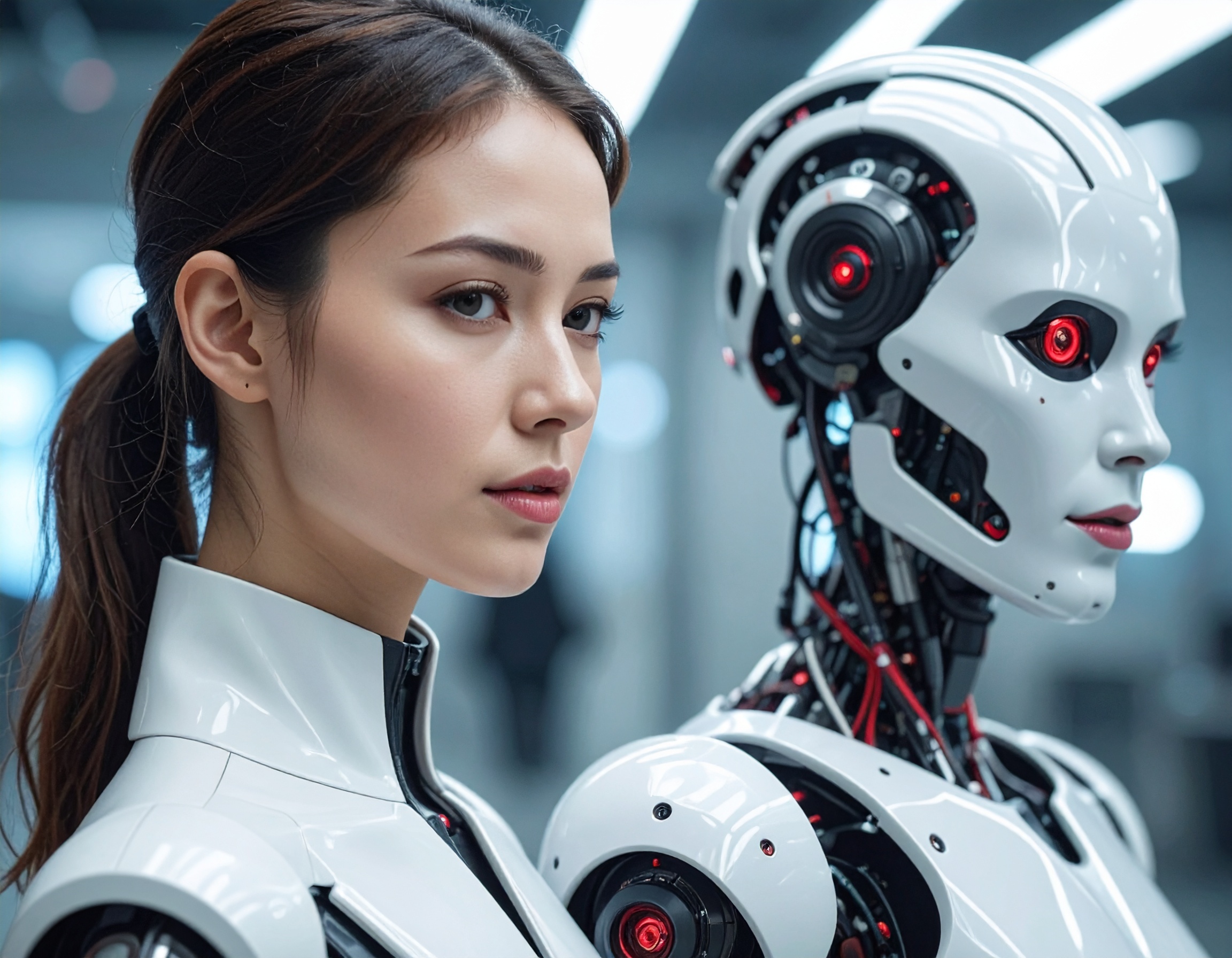Revolutionizing Workplace Safety: The Role of AI and Intelligent Agents

The role of AI and Intelligent Agents in modern workplace safety is becoming increasingly important. As technology continues to evolve, companies are exploring new ways to integrate automation and digital solutions to improve worker protection. From hazard detection to emergency response, AI-driven systems are reshaping how safety protocols are implemented. In this article, we explore the impact of these technologies and their benefits.
AI-Powered Hazard Detection: A Game-Changer for Workplace Safety
One of the most notable advancements in workplace safety is the rise of Intelligent Agents equipped with AI capabilities. These systems use sensors, cameras, and data analysis tools to detect potential hazards in real-time. Whether it’s identifying gas leaks, fire risks, or malfunctioning machinery, AI-powered systems offer a level of monitoring that was previously impossible.
By operating 24/7, these Intelligent Agents ensure that hazards are detected as soon as they arise, preventing accidents before they can occur. This proactive approach to safety helps create a safer work environment by minimizing human error and increasing the speed at which hazards are addressed.

Emergency Response and Automation: Protecting Workers in Real-Time
AI isn't just about identifying risks—it's also about responding to them. In high-risk environments like construction sites, factories, and oil rigs, rapid action is essential to prevent accidents from escalating. AI-driven systems can automatically trigger alarms, shut down faulty equipment, or alert human workers to take immediate action.
This level of automation is critical in industries where a split-second delay can mean the difference between life and death. Digital Employees equipped with emergency protocols can assist in controlling situations while human workers focus on executing more complex tasks that require decision-making.

Real-World Impact: Statistics Show Positive Results
The impact of AI on workplace safety isn't just theoretical—it’s supported by statistics. Research has shown that the presence of robots and AI systems in the workplace correlates with a reduction in injuries and fatalities. For instance, a study conducted between 2005 and 2011 found that for every 1.34 robots introduced per 1,000 workers, workplace injuries decreased by 1.2 incidents per 100 full-time employees. The same study also found that a 10% increase in robot usage led to a decrease in workplace deaths by 0.066% and a 1.96% drop in injuries.
These statistics highlight the tangible benefits of integrating AI and automation into safety systems, proving that Intelligent Agents play a crucial role in reducing workplace risks.
The Hybrid Model: Combining AI with Human Expertise
While AI systems are highly effective at monitoring and responding to hazards, there are challenges. One of the primary concerns is the balance between automation and human oversight. While AI can handle routine monitoring and emergency responses, human expertise is still required for complex decision-making and the maintenance of a safety culture.
The ideal approach is a hybrid model where AI supports human workers rather than replaces them. This way, AI can provide the efficiency and speed necessary to enhance safety, while humans can offer critical judgment and ensure that safety protocols are followed in nuanced situations.

The Future of Workplace Safety
AI and Intelligent Agents are undoubtedly transforming workplace safety. As technology continues to advance, the role of these systems in monitoring, detecting, and responding to hazards will become even more sophisticated. By combining the efficiency of AI with the expertise of human workers, companies can create safer, more productive work environments. The future of workplace safety is undoubtedly digital, and the integration of AI is paving the way for a new era of protection and efficiency.
Key Highlights:
- AI-Powered Hazard Detection: Intelligent Agents equipped with sensors and AI technology can detect workplace hazards like gas leaks, fires, and equipment failures in real-time, ensuring 24/7 monitoring and early intervention.
- Emergency Response Automation: AI systems can automatically trigger alarms, shut down faulty equipment, or alert workers during emergencies, providing rapid response to prevent accidents from escalating.
- Real-World Impact: Studies have shown that the introduction of AI and robots in workplaces leads to a reduction in injuries and fatalities. For example, a 10% increase in robot usage was linked to a 0.066% decrease in workplace deaths.
- Hybrid Model for Safety: While AI excels at routine safety monitoring and quick responses, human oversight remains essential for complex decision-making. A combination of AI and human expertise ensures optimal safety outcomes.
- The Future of Workplace Safety: The integration of AI in workplace safety is paving the way for a new era of safer and more efficient work environments, combining the strengths of both digital employees and human workers.
Reference:


